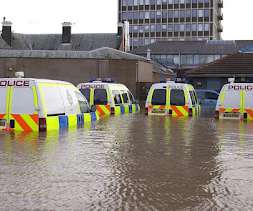The 2019 Global Assessment Report (GAR)
Emergency Planning
MAY 30, 2019
The GAR uses the 'pressure-and-release' model of Wisner et al, (2004) in an adapted form, consisting of: context. Unofficial voices have suggested that the 'cure to damage ratio' for natural hazards is 1:43. Global probabilistic assessment of risk from natural hazards for the Global Assessment Report 2013 (GAR13). GNCSODR 2015.












Let's personalize your content